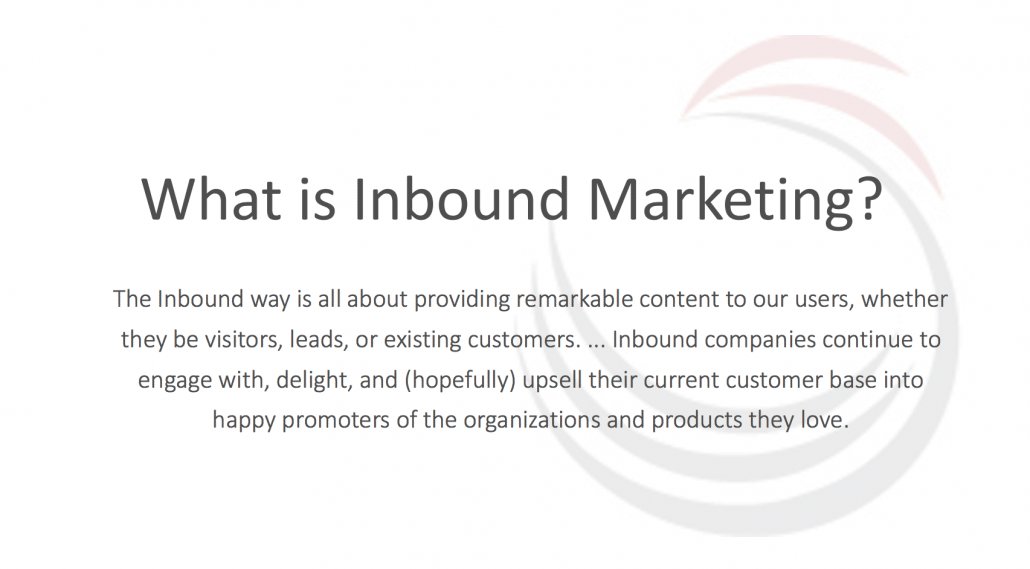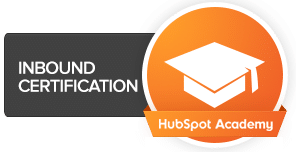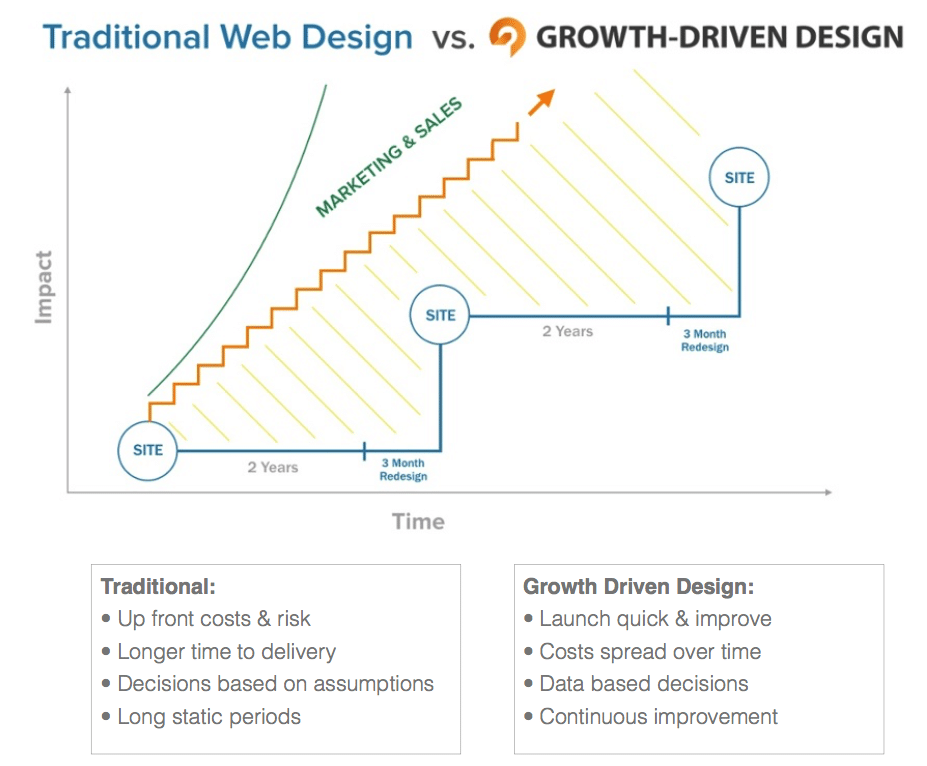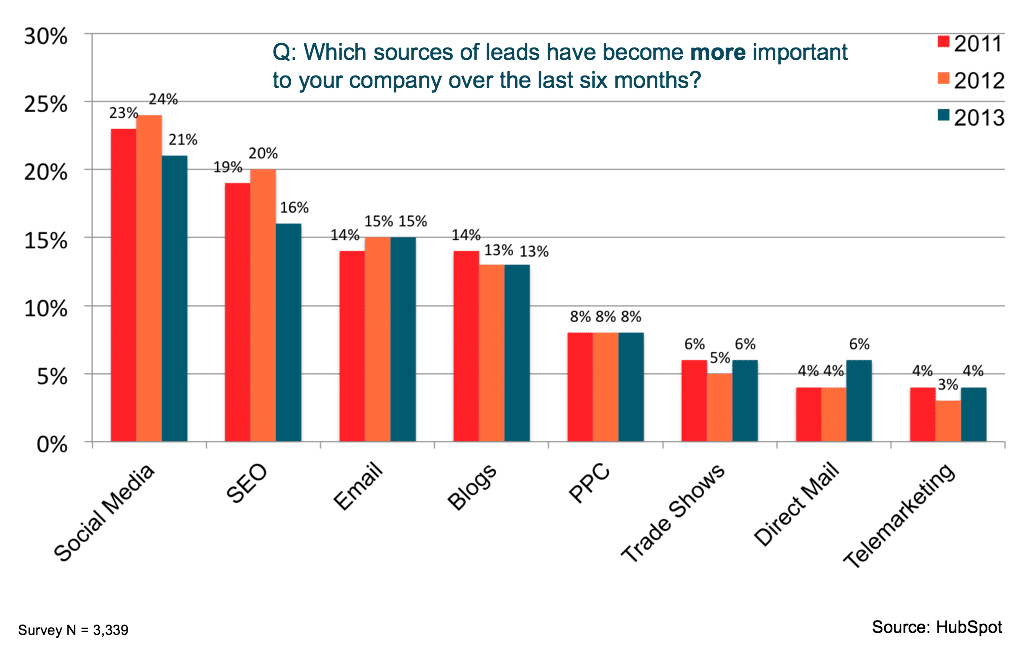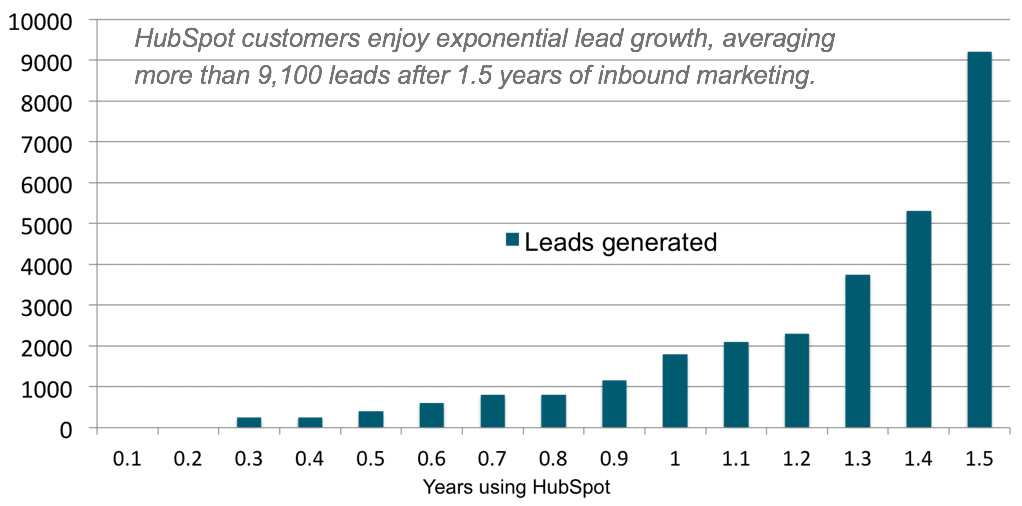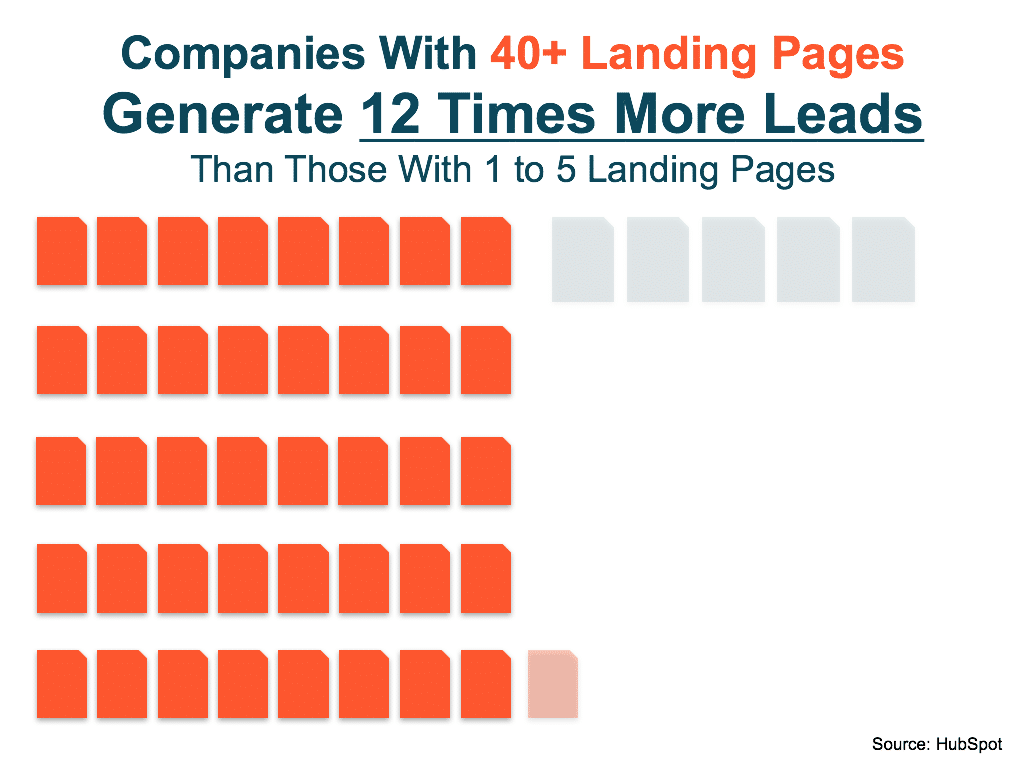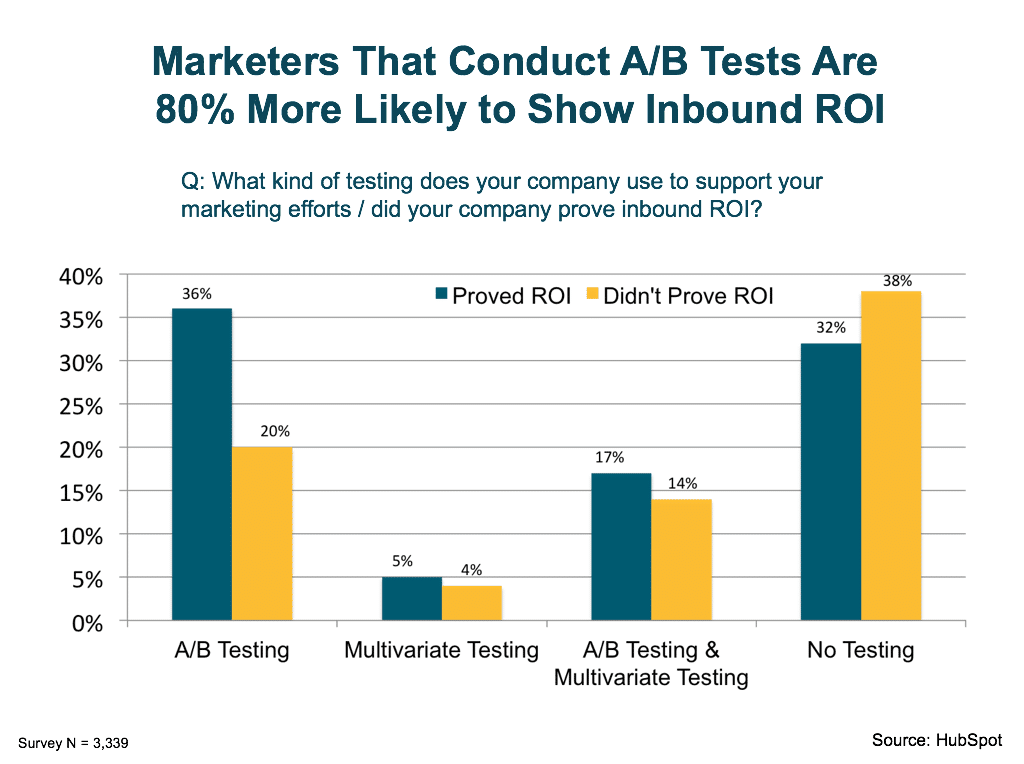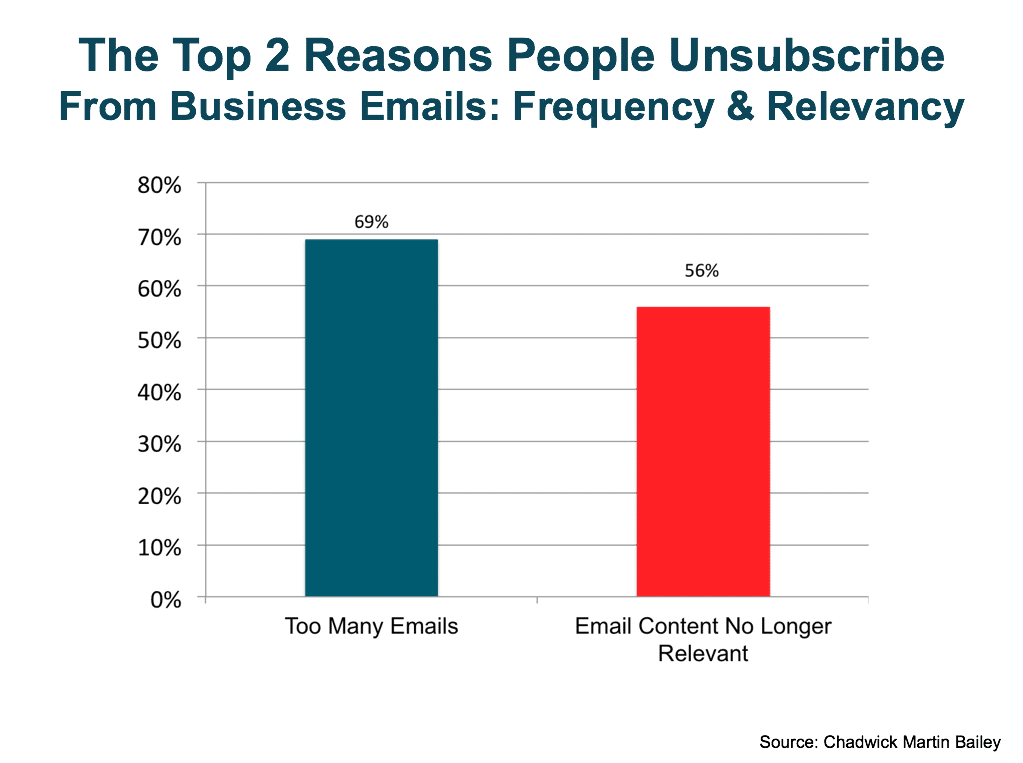Inbound Marketing is a�web based, data-driven prospecting strategy that addresses the changing way that the world is doing business. The power balance between buyers and sellers has shifted dramatically in recent years…giving customers the upper hand when it comes to information. Old methods are becoming obsolete and ineffective.
Think of some recent purchases you made. Did you call a salesperson to get some information or did you perhaps take a look around online to compare options. I’m guessing the latter.
Old school traditional marketing methods are INTERRUPTIVE. Think television advertisements, cold calls, or mass emails. These practices are conducted at the whim of the seller, sending sales pitches to people who likely aren’t ready for it, don’t want it, and aren’t interested in the product.
Thankfully, technology is rendering these practices less and less effective…and more costly. Most people bypass television commercials with DVR and install pop-up blockers online. Do-not-call lists cancel out cold calls, and spam protection insures that many mass emails are never even opened.
Inbound Marketing is a complete reversal of the way things have worked in the past. Instead of the old school interruption-based messaging where salespeople have all the control, inbound is about empowering the buyer.
Good marketers might create informative videos that prospects actually want to see. Rather than advertising in magazines, they might create an industry blog that subscribers look forward to reading. Instead of cold calling, write some interesting content so that prospects can learn how to make the right decisions for themselves.
By the time a prospect reaches out, they’re already educated. No sales pitch necessary. As customers, the “helping” inbound methodology insures that they are continually delighted, transitioning to invaluable promoters of your company.
The end result is the creation of a “new-customer-generating machine” that grows returns exponentially over time.


